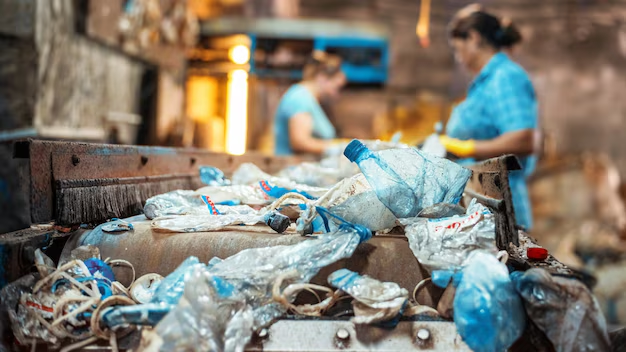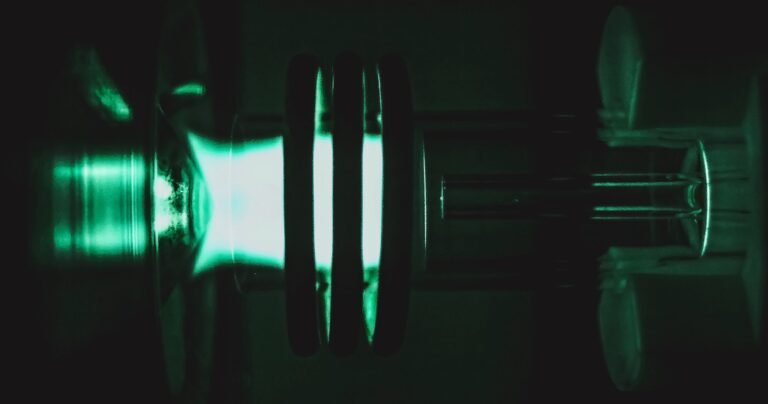Smart and Eco-Friendly Ways to Safely Dispose of Your Microwave
Are you planning on upgrading your kitchen appliance, specifically your microwave oven, and wondering if it is better to toss the faulty or old one in the dumpster?
You should reconsider your option and choose a more sustainable method if you are thinking of simply dumping items in your backyard or waste bin. Illegal disposal of microwaves and other appliances contributes to e-waste that ends up in landfills, where it persists and pollutes the environment.
Proper disposal of e-waste ensures a healthy environment. Other options, such as repairing, recycling, and donating to charity, are better ways to properly dispose of a microwave than having it discarded in your backyard.

In This Article
- What are Microwave Made Of?
- The Importance of Disposing of Microwaves Properly
- How to Properly Dispose of a Microwave
- Conclusion
- Sources
What are Microwave Made Of?
All microwave ovens are made of several components, including a metal casing, a glass turntable, an interior cavity, a microwave generator, a door and window, and a control panel. The outer shell is usually made of metal, like stainless steel or painted steel. The casting is designed to contain the microwave radiation produced by the oven.
The oven’s interior usually comes with a glass turntable that rotates food containers placed on it. The turntable is made of tempered glass that rotates to ensure that heat is distributed evenly.
The oven’s interior is either stainless steel or painted with a microwave-safe paint. The interior of convection models is designed with stainless steel, and the walls are painted differently compared to standard microwaves.
Microwave ovens are designed with a combination of plastic, glass, metal, and ceramic components for safe and effective cooking.
Learn more: How to Recycle Floppy Disks
The Importance of Disposing of Microwaves Properly
E-waste is contributing to global waste generation as more of it is illegally disposed of each year. It’s estimated that 50 million tons of electronic waste are generated worldwide, and if we are to continue on this path of illegal disposal of e-waste, the numbers are expected to increase to over 70 million tons by 2030.1
Illegal e-waste disposal will only contaminate the environment, so it’s important that sustainable options are prioritised.
Electronic waste is the most rapidly growing source of waste in the world. A large amount of e-waste is dumped in landfills, but recycling efforts are made to reduce waste and recover useful materials.
Electronic waste is composed of various metals and non-metals. According to a research study on e-waste management and its effects on the environment and human health, the composition pattern of e-waste is 30% organics (polymers, glass fibres, and flame retardants), 30% ceramics (silica, alumina, mica), and 40% inorganics (ferrous and non-ferrous metals).2
E-waste contains hazardous materials such as mercury, nickel, zinc, lead, beryllium, cadmium, and chromium. These are toxic to the environment and to human health, so they should be properly disposed of.3,2
How to Properly Dispose of a Microwave
Taking them to Appliance Repair Shops
Repair is an option most people don’t consider if they can easily afford to get new electrical appliances. Repair shops can help you get rid of faulty electrical appliances. These shops will either repair or sell appliances that are not 100% functional.
If you only want an upgrade and don’t need your faulty microwave oven, you can sell it to a repair shop to collect useful parts from the appliance for other repairs. Additionally, electronic retail stores are also willing to help you get rid of electronic appliances that are not in perfect condition but are still functioning. Their use for these appliances is the same as that of repair shops—to look for working parts and take what is left to a recycling facility.
Recycling Centre
A few companies offer the service of recycling electronic waste. E-waste recycling centres accept discarded home appliances for recycling, which is the best sustainable way to reduce waste.
Electronic waste recycling centres carefully disassemble every appliance, repurposing any good parts they find. Not all recycling facilities offer e-waste recycling programs. We recommend you check with your local recycling centre to find out if they will accept your discarded microwave oven.
If your local recycling centre doesn’t accept ovens, the next step is to find other recycling centres near you that do. Earth911 provides a solution with its “Recycling Search”.
Learn more: How to Dispose of Fluorescent Tube Properly
Donate Old Microwave
Donating your old home appliances when making an upgrade is better than tossing them in your dumpster. Since it’s still functional, someone may be in dire need of it.
Take your old microwave and donate it to charity centres where people who need it will appreciate your goodwill. Habitat for Humanity ReStores, a non-profit organisation of home stores and donation centres that accept old home appliances.
Donating old electrical appliances saves the environment from e-waste contamination.
Find out if the Microwave manufacturer has a Take-Back Program
This is similar to a return policy for customers. Manufacturers of home appliances may have a take-back program that allows customers to return broken or used microwave ovens.
To start, you will need to contact the manufacturer to find out if they have a take-back program. If their reply is positive, the item will be returned to the manufacturer and they will reuse it to make new appliances.
Learn more: 10 Green Technology Examples in Homes
Contact Your Local Garbage Collector
Some local garbage collectors help residents to get rid of electronic waste. They provide e-waste drop-off locations for easy disposal. You only have to find out if your regular garbage service provides this service to residents.
Additionally, some eco-minded communities host e-waste disposal days for community members to take out their electronic waste. Hosting events like this help reduce the chances of electronic waste from a community ending up in landfills.
E-waste collection events like this one are often published in local newspapers.
Conclusion
Illegal disposal of electronic waste is bad for the environment. E-waste is as toxic as it gets. It’s harmful to the environment from landfills to careless disposal in backyards.
Illegal dumping can also lead to more contamination, as materials like mercury seep into the soil, contaminating groundwater and aquatic ecosystems. Proper e-waste disposal should be prioritized to reduce the risk of toxic materials contaminating the environment.
Sources
- The World Counts. (n.d.). Electronic Waste Facts. ↩︎
- Rautela, R., Arya, S., Vishwakarma, S., Lee, J., Kim, K., & Kumar, S. (2021). E-waste management and its effects on the environment and human health. Science of the Total Environment, 773, 145623. ↩︎
- Needhidasan, S., Samuel, M., & Chidambaram, R. (2014). Electronic waste – an emerging threat to the environment of urban India. Journal of Environmental Health Science and Engineering, 12(1). ↩︎







